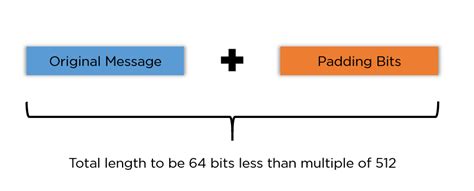Ethereum’s SHA-256 Hashing Mechanism: Understanding the Two-Round Process
The Ethereum blockchain uses a unique hashing mechanism that involves two rounds of SHA-256 (Secure Hash Algorithm 256) to secure its blocks and ensure data integrity. This process may seem complex, but it’s essential to understand why two rounds are required.
What is SHA-256?
SHA-256 is a cryptographic hash function designed to produce a fixed-size string of characters, known as a hash or digest, from an input string of text or other data. The algorithm is considered secure because it uses a combination of hashing and digital signatures to prevent tampering with the data.
Why two rounds of SHA-256?
The Ethereum blockchain’s hashing mechanism involves two rounds of SHA-256, which may seem excessive at first glance. However, there are several reasons why two rounds are necessary:
- Prevention of double-spending: The second round of SHA-256 serves as a “proof-of-work” for the transaction data, ensuring that it’s not simply duplicated or modified without intent. This prevents double-spending attacks, where an attacker tries to spend the same cryptocurrency twice.
- Data integrity: Each block is hashed twice, which provides an additional layer of security against tampering. The first hash serves as a “initialization” step, while the second hash confirms that the data has been correctly processed and stored in the blockchain.
- Efficiency
: Using two rounds of SHA-256 reduces computational overhead compared to using only one round. This is particularly important for large blocks containing many transactions.
How does Ethereum’s hashing mechanism work?
Here’s a step-by-step explanation:
- The first hash (preprocessing) uses SHA-256 to transform the transaction data into a fixed-size string.
- The second hash (committing) uses SHA-256 to combine the transaction data with the block header, creating a single, larger hash that represents the entire block.
Why is this necessary?
The two-round SHA-256 hashing mechanism in Ethereum provides several benefits:
- Data integrity: Each block is guaranteed to be tamper-evident and secure.
- Prevention of double-spending: The second round ensures that transactions cannot be duplicated or modified without intent.
- Efficiency: The use of two rounds reduces computational overhead compared to using only one.
Conclusion
Ethereum’s SHA-256 hashing mechanism is a critical component of the blockchain, providing an additional layer of security and data integrity to ensure the integrity of the network. While it may seem complex at first glance, understanding the reasoning behind this two-round process helps appreciate the importance of such a system in maintaining the trust and reliability of the Ethereum network.
Additional Resources

For further information on SHA-256 hashing mechanisms, please consult:
- [SHA-256 Wikipedia Page](
- [Ethereum’s Blockchain documentation](
